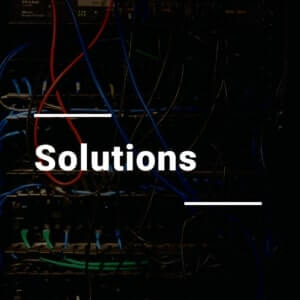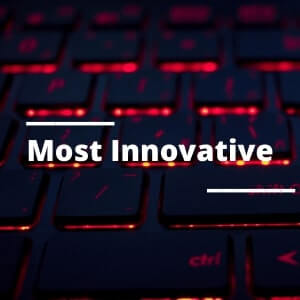 Two important tech innovations are upon us: the growing interconnectedness of things through the Internet of Things (IoT), and our expanding capacity to extract meaningful insights from data through artificial intelligence (AI).
Two important tech innovations are upon us: the growing interconnectedness of things through the Internet of Things (IoT), and our expanding capacity to extract meaningful insights from data through artificial intelligence (AI).
The relationship between IoT and AI is evident. Both areas are experiencing growth in use cases and investments. For example, the rise of IoT has created a massive surge in data that holds immense value for businesses. However, tapping into this vast information poses major challenges.
This is where AI can play a pivotal role for IoT — and also for the telecommunications industry.
AI as a catalyst for IoT efficiency
Fleet IoT deployments generate huge volumes of sensor data from various machines, assets, and systems. This rapidly expanding haystack of data makes it extremely difficult to manually analyze the information and uncover meaningful insights.
Traditional data analytics approaches struggle to keep pace with the scale and complexity of IoT systems. Static data management systems will struggle to adapt to changing conditions or in detecting subtle patterns. This hinders IoT solutions from achieving their full optimization potential.
This is where AI comes in — an enabling technology that can help IoT platforms overcome efficiency roadblocks.
From reactive to predictive
Powered by technologies such as deep learning, neural networks, and natural language processing, AI is uniquely capable of processing vast amounts of unstructured sensor data. It can reveal patterns that often go unnoticed when manually examining massive datasets from different perspectives. AI can also continuously improve its modeling as it learns from new information.
Powerful AI algorithms can ingest and continuously analyze huge amounts of data to determine both known and unknown interdependencies across datasets. Deep learning models are particularly well-suited for IoT applications due to their ability to uncover complex patterns.
With AI-based systems, IoT solutions gain a competitive edge in the market to autonomously analyze real-time sensor streams and historical datasets, providing better services for customers.
AI in IoT implementation
When applied to IoT, AI can detect subtle anomalies, forecast future trends, provide informed recommendations, or prescribe actions. This allows IoT platforms to autonomously detect equipment issues, predict maintenance needs, optimize operations, and streamline processes.
Industrial use cases like connected vehicles would greatly benefit from predictive analytics. For instance, AI aids predictive maintenance by learning the characteristic vibration patterns of vehicle components over time. It can identify malfunctions before failures by detecting subtle deviations. Such proactive, AI-driven maintenance improves asset uptime while enhancing safety and reducing operational costs.
The role of AI in the telco industry
AI also extends beyond IoT applications. As a data analysis tool, artificial intelligence could support innovation and bridge gaps within the telecommunications industry.
For example, AI can help streamline vast quantities of data. It could also adapt to supplement industry capabilities in service to customers. One use of generative AI is to refine customer experiences and enhance security protocols against fraud — improving both consumer satisfaction and safety.
A robust data infrastructure underpins the critical foundation needed for telecom to drive our interconnected future. Equipping teams with AI tools required for success while carefully integrating these systems into scalable solutions could propel telecom into a new era of innovation.
The next phase of connected innovation
When applied at scale, AI can create significant operational efficiencies for IoT applications and, crucially, for the telecommunications systems of tomorrow. It serves as a tool that facilitates predictive maintenance, guides decision-making, optimizes overburdened systems, and drives prescriptive actions.
As we pave the way for future-defining technologies, the integration of AI in IoT, as well as in telecommunications, will be profoundly transformative. It ushers in a new era of autonomy, where intelligent systems learn autonomously to enhance our services and workflows in previously unimaginable ways.
We at Onomondo also see our role in shaping this transformative future. As a global IoT connectivity solution, we in many ways enable the creation of the vast data sets that will shape the path of industries through AI. By offering services that facilitate the setup and operation of connected devices at the enterprise-scale, we at Onomondo understand both our role and responsibility in this transition to a smarter IoT. Our global IoT connectivity solutions—which include a unified IoT SIM management and expansive network coverage— simplify the setup and administration of fleets of connected devices, and are intentionally designed to be fit for these future scale solutions. We can’t wait to see what groundbreaking AI-born solutions will be created on the data sets we carry to the cloud.














